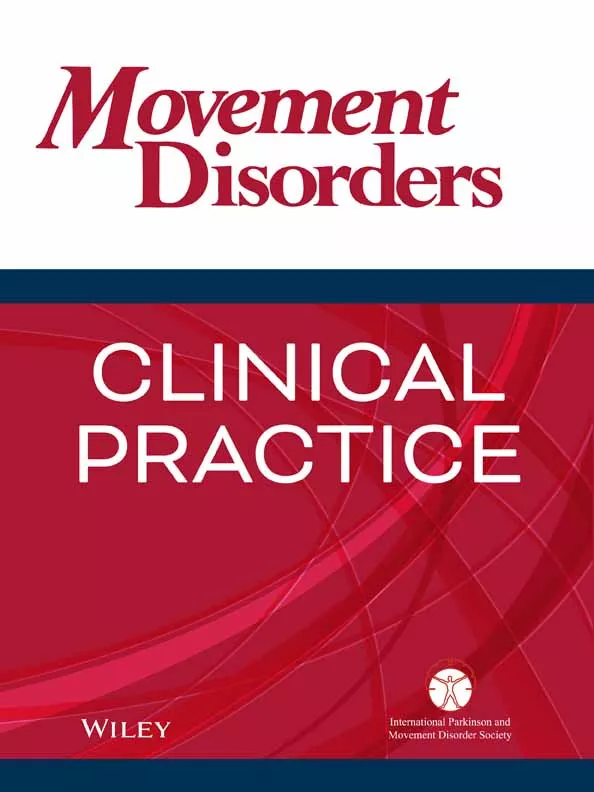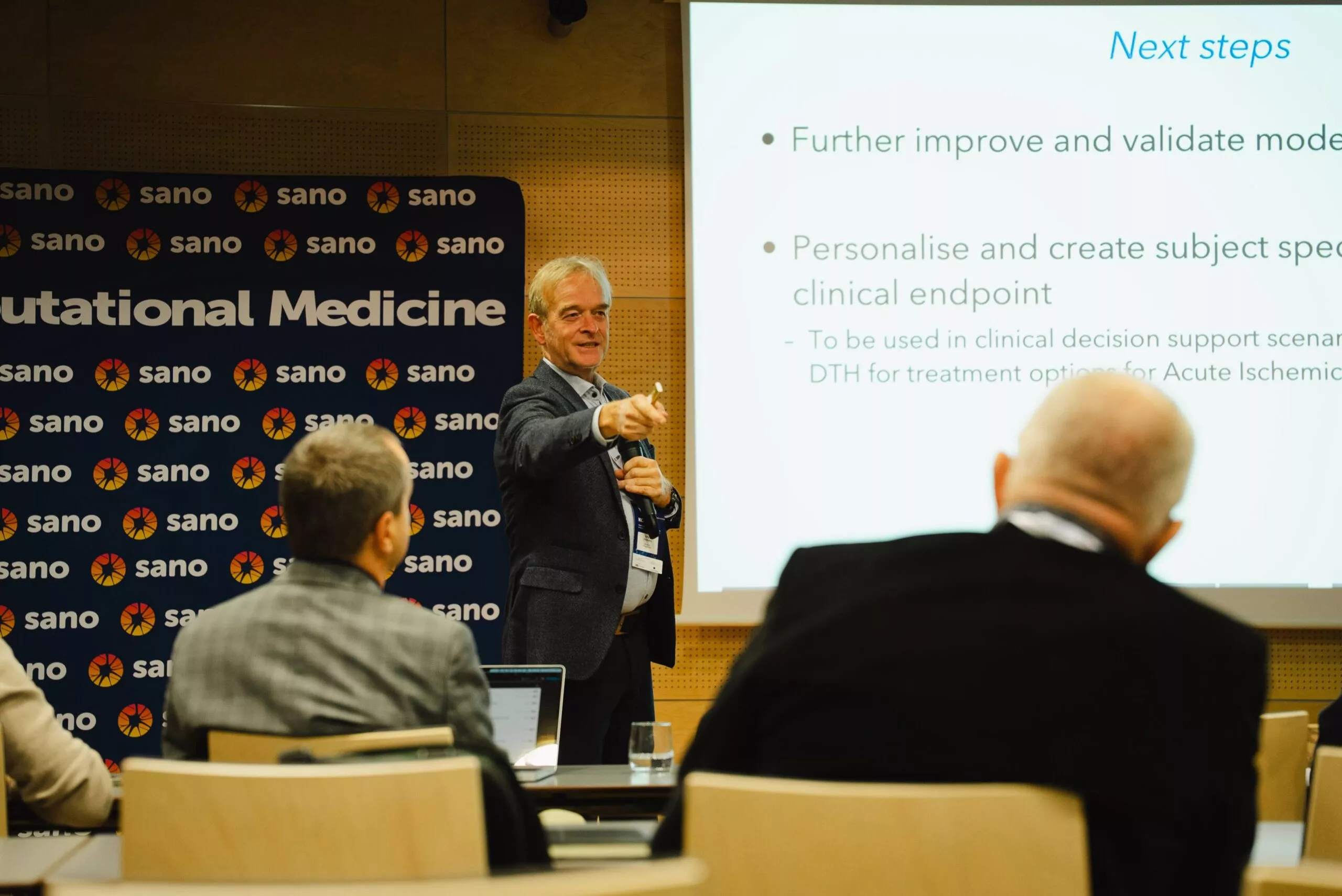
Luca Gherardini among the authors of a study on AI and Parkinson’s disease genetics
AI predicts GBA1 mutations in Parkinson’s disease
The article “Artificial Intelligence Predicts GBA1 Mutated Status in Parkinson’s Disease Patients”, co-authored by Luca Gherardini (PhD Student in the Computational Intelligence Team, Sano), presents an innovative approach using artificial intelligence to predict GBA1 mutations in Parkinson’s disease patients. The study explores how machine learning models can leverage clinical and demographic data to support early identification of genetic risk factors in PD.
About GBA1 and Parkinson’s Disease: Understanding the Genetic Risk
GBA1 is one of the major genetic risk factors for Parkinson’s disease, contributing to 5–30% of PD cases, depending on the population and age at onset. Accurate assessment of a patient’s GBA1 status is critical, as it can inform personalized treatment strategies and guide targeted genetic screening, helping clinicians identify patients at higher risk and plan appropriate interventions.
Machine Learning Approach: Leveraging Clinical Features for Prediction
The researchers developed a machine learning model based on five key clinical features, selected for their high predictive value:
- Family history – a strong indicator of inherited risk
- Cognitive test scores (MDS-UPDRS 1.1) – measuring cognitive function
- Motor impairment scores (MDS-UPDRS 3.8a, 3.8b, and rigidity subscore) – capturing motor deficits typical in PD
The model achieved 73% overall accuracy, reaching 94% in patients with high SHAP confidence levels, demonstrating the potential of AI to assist clinicians in pre-test estimation of genetic risk. This approach highlights the efficiency of using targeted clinical data to make actionable predictions in real-world healthcare settings.
Impact: Toward AI-Enhanced Personalized Care in Parkinson’s Disease
This study emphasizes the potential of AI-driven predictive models to support targeted genetic screening, particularly in clinical environments with limited resources. By combining clinical data with machine learning, researchers are paving the way for data-driven, personalized approaches in Parkinson’s care, which may improve patient outcomes and optimize resource allocation.





